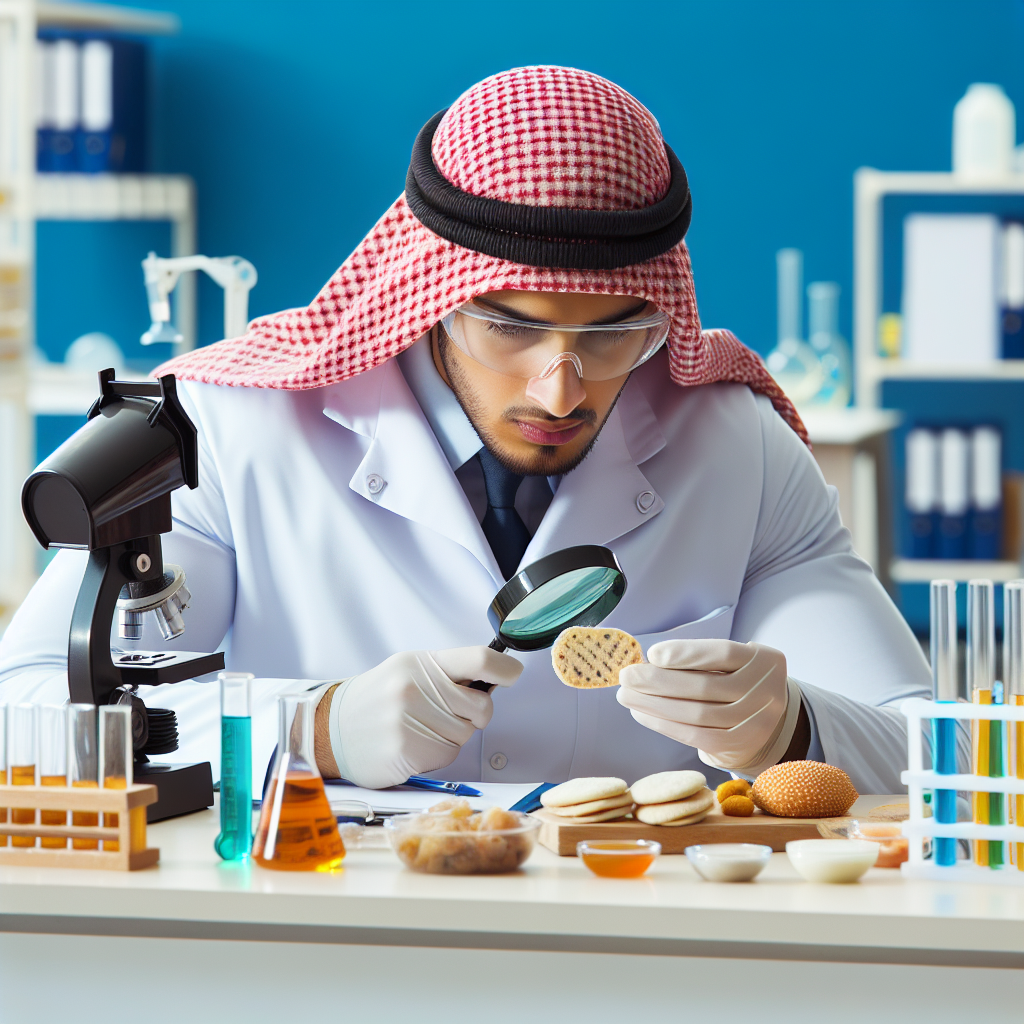Nuclear Technology Enhances Food Safety and Agricultural Productivity in Vietnam
The IAEA has been instrumental in supporting Vietnam’s food irradiation efforts since 1999, providing gamma and e-beam irradiators and facilitating training for local staff.

As climate change alters ecosystems, the range of insect pests is expanding, threatening agriculture and natural environments. Countries like Vietnam, where agriculture comprises a quarter of the GDP and sustains 60% of the population, face significant challenges in balancing trade with pest control. To combat these threats, Vietnam is utilizing nuclear technology, with support from the IAEA, to improve food safety and enhance agricultural productivity and sustainability.
The Role of Food Irradiation
Food irradiation involves exposing food to ionizing radiation—such as electron beams, X-rays, or gamma rays—to break chemical bonds, effectively eliminating pests, spoilage organisms, and food-borne pathogens. This process can also slow down ripening, ensuring that produce remains fresh and safe for consumption.
Irradiation offers a range of benefits:
Inhibits Sprouting and Ripening: Helps maintain the quality of fruits and vegetables, preventing premature spoilage.
Eliminates Pests and Microbes: Destroys harmful organisms, including bacteria like salmonella and fungi that can spoil meat, poultry, and seafood.
Facilitates Trade Compliance: Meets international standards to prevent the spread of pests and diseases across borders.
IAEA’s Support in Food Safety
The IAEA has been instrumental in supporting Vietnam’s food irradiation efforts since 1999, providing gamma and e-beam irradiators and facilitating training for local staff. Recently, the IAEA helped train personnel at the Vietnam Atomic Energy Institute’s Research and Development Center for Radiation Technology, which oversees irradiation treatments.
“Different types of foods can be irradiated using gamma rays or electron beams,” explains James Sasanya, Acting Head of the Food Safety and Control Section at the Joint FAO/IAEA Centre of Nuclear Techniques in Food and Agriculture. “Several Member States can benefit from the health, quality, and economic advantages of irradiation, learning from experienced countries like Vietnam.”
A Growing Market for Irradiated Food
Vietnam has a long history of food irradiation, having begun more than 50 years ago with high-value products like spices. Today, the country irradiates over 120,000 tonnes of food annually, ensuring safety and quality. Tropical fruits, such as dragon fruits and mangoes, are particularly sought after, with the value of Vietnam’s fruit and vegetable trade soaring by 350% between 2012 and 2019, thanks to increasing demand from markets like the United States, European Union, and China.
“I am proud to highlight the transformative role that nuclear science plays in enhancing food safety and agricultural productivity,” says Tran Bich Ngoc, Director General of the Department of Atomic Energy at the Ministry of Science and Technology. “Through technical cooperation projects, the IAEA has empowered us to harness advanced technologies, fostering sustainable agricultural practices and contributing to the health and wellbeing of our nation.”
As invasive pests become more prevalent due to climate change, Vietnam’s use of food irradiation exemplifies how nuclear technology can address emerging agricultural challenges while enhancing trade opportunities. The collaboration between Vietnam and the IAEA highlights the potential of advanced scientific techniques to promote food safety and agricultural sustainability in a changing climate. 4o mini










